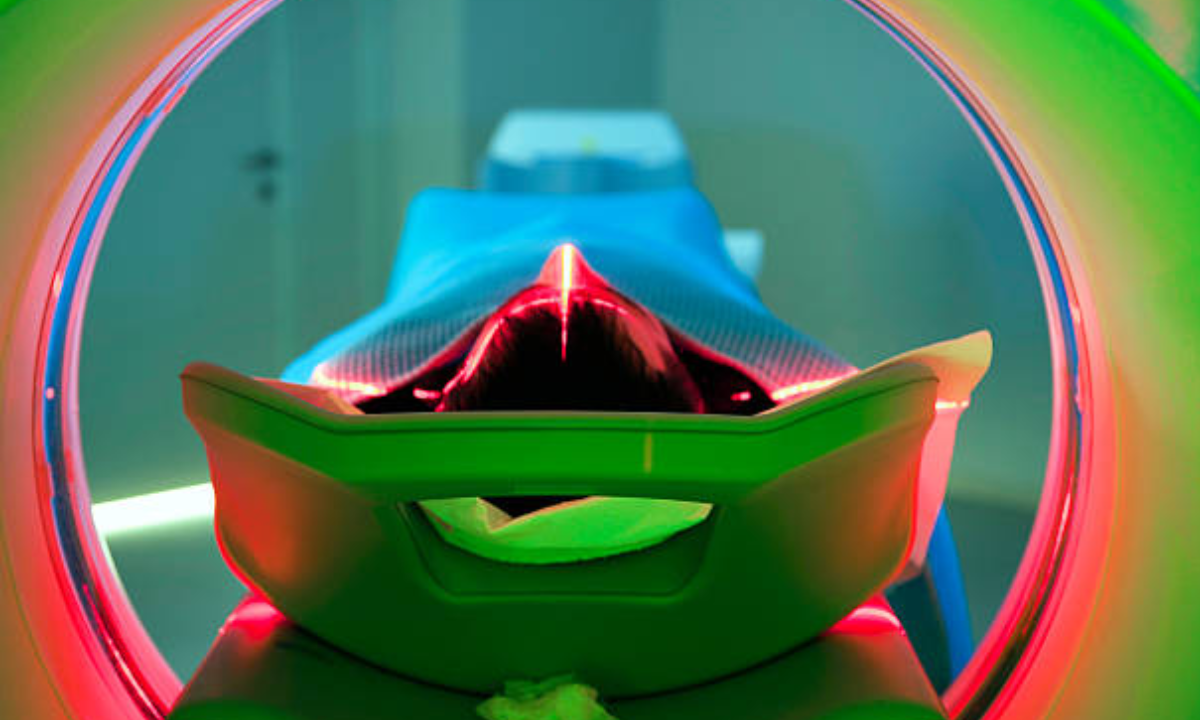Prostate cancer is a significant health concern that affects men, posing unique challenges and potential risks. It is a type of cancer that originates in the prostate gland, an essential part of the male reproductive system. As men age, their chance of having a diagnosis of prostate cancer rises, making it critical for them to be well-informed about the disease and its possible impact on overall health.
We will give an in-depth check of prostate cancer in this blog, including its origins, risk factors, typical symptoms, and the significance of tests for prostate cancer or screenings for early identification. Understanding prostate cancer treatment and its possible effects is crucial for early identification and for making well-informed choices regarding screening and treatment options because it is one of the most common tumours found in men globally. By educating ourselves with information, we can take control of our health and effectively address the challenges of prostate cancer.
Prostate Cancer Screening: Understanding the Basics
The prostate gland is a tiny, walnut-sized gland that is situated in front of the rectum and underneath the bladder. The goal of prostate cancer screening is to identify cases of the condition early on, which could enhance the prognosis leading to better outcomes. Even so, there is some disagreement and divergent opinions among medical professionals regarding the advantages and disadvantages of screening. Taking into account your own risk factors, preferences, and general health is crucial when determining whether to undergo screening for assistance in the diagnosis of prostate cancer.
Factors to Consider in Screening
Men in their 50s should participate in open and honest talks about prostate cancer screening with their healthcare professionals. These early discussions are especially important for people who have higher risk factors, such as a genetic or family history of prostate cancer. By starting these conversations, both you and your healthcare provider can gather essential data and determine if prostate cancer screening is required and suitable for your particular health situation. By being proactive, you can put your health first and keep an eye out for potential risks to your health.
Screening Techniques
The PSA test and the Digital Rectal Exam (DRE) are the two main screening procedures for prostate cancer. During a DRE, the healthcare provider examines the texture, shape, and size of the prostate by inserting a gloved finger into the rectum. The prostate-specific antigen test analyses blood samples for high amounts of the mentioned protein. Any abnormal or unusual test findings could be referred for additional analysis.
Diagnosing Prostate Cancer: A Comprehensive Approach
Additional tests are conducted to confirm the diagnosis of prostate cancer if the previous screening uncovers possible concerns:
1. Transrectal ultrasound: This is a non-invasive imaging procedure that makes use of sound waves to get an accurate view of the prostate. It aids in the diagnosis of any abnormalities or malignancies.
2. Magnetic Resonance Imaging (MRI): In certain cases, for a more comprehensive examination of the prostate, an MRI scan may be advised. This assists in the planning of further procedures such as prostate tissue sampling.
3. Prostate Biopsy: A tissue sample is obtained from the prostate to check whether cancer cells are present. The sample is taken with a fine needle and examined in a laboratory.
Determining the Aggressiveness of Prostate Cancer
Following a prostate cancer diagnosis, the next critical step is assessing the cancer’s aggressiveness. This is accomplished by grading, and the most popular technique for this evaluation is the Gleason score.
The Gleason score is a numerical scale with a range of 2 to 10. Less aggressive cancer is indicated by a lower Gleason score, and more aggressive cancer is indicated by a higher score. Healthcare professionals can estimate the probability of cancer spreading beyond the prostate, establish how aggressive the tumour is, and anticipate its behaviour by understanding the Gleason score. With this essential knowledge, medical professionals can develop a personalised prostate cancer treatment strategy that best targets each distinctive feature of the malignancy while minimising any potential adverse effects.
Various Options for Treatment of Prostate Cancer
Prostate cancer treatment varies based on factors like cancer growth rate, stage, and overall health. Here are the primary treatment options:
Treatment for prostate cancer varies depending on the stage of the disease, tumour growth rate, and general health. The main types of therapy are as follows:
1. Active Surveillance: If there are no symptoms and the prostate cancer is low-grade, active surveillance or ongoing monitoring may be advised. The progression of the cancer is regularly checked, and if treatment for prostate cancer is required, it is initiated immediately as necessary.
2. Surgery (Radical Prostatectomy): Surgery requires the removal of the prostate gland as well as possible lymph nodes and surrounding structures. For prostate cancer that is localised, it is frequently advised.
3. Radiation therapy: Cancer cells are destroyed using powerful radiation, such as protons or X-rays. Brachytherapy involves implanting radioactive seeds into the prostate tissue, whereas external beam radiation targets the prostate from outside the body.
4. Hormone therapy: seeks to reduce the growth of cancer by preventing the synthesis of testosterone, which prostate cancer cells require for survival.
5. Immunotherapy and targeted drug therapy: These revolutionary treatments for prostate cancer stimulate and strengthen the immune system’s ability to fight cancer or target specific abnormalities in a particular type of cancer cell.
6. Chemotherapy: Chemotherapy is the use of drugs to destroy the rapidly dividing cancer cells. If prostate cancer is advanced or recurring, chemotherapy is frequently administered.
Coping with Prostate Cancer Treatment
Receiving a prostate cancer diagnosis can be a difficult emotional experience. Looking into additional healthy practices like art therapy, exercise, and meditation can assist reduce emotional stress. Support from family members and other cancer survivors can also be quite helpful at this time.
Conclusion
Making well-informed healthcare decisions is made possible through having an understanding of prostate cancer treatment and screening. It is essential to have open conversations with your healthcare practitioner to customise screening and potential treatment programmes to meet your specific requirements. Keep in mind that every situation is unique, and tailored solutions guarantee the greatest results. With the guidance shared here, you may take proactive measures to effectively manage your health and well-being.






